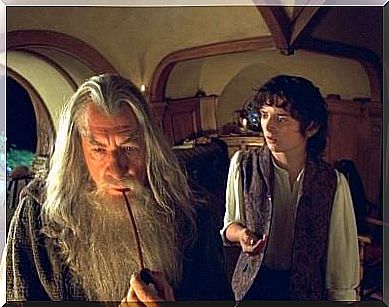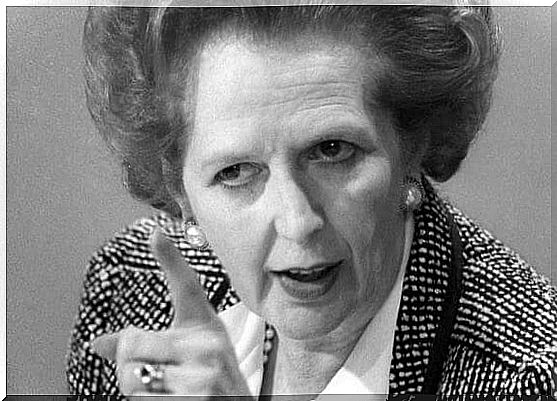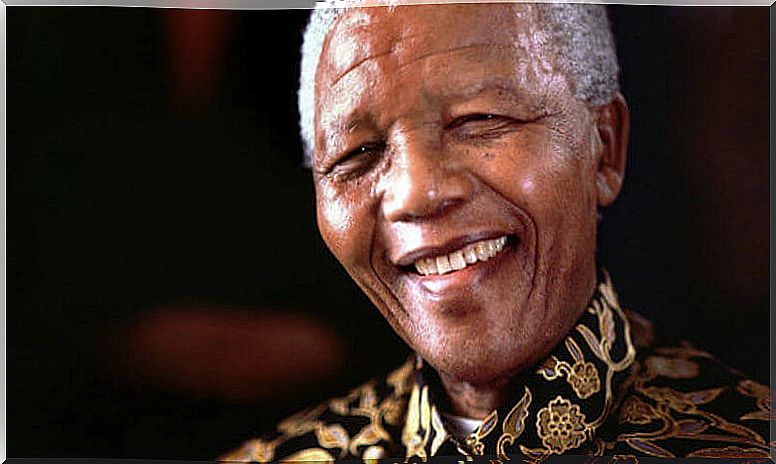5 Types Of Leaders

We all know one or more people who seem to be born with a special gift. They know how to lead, organize, give orders, command, are innovative, motivate and guide the actions of others. We could talk about dozens of qualities that make up the different types of leadership. But it would be easier to review the characteristics of each type of leader.
First, it is worth noting that the attitudes of the different types of leaders are based on different pillars that are easy to identify. For example, the development of good social skills, the ability to feel empathy without harming the group’s ultimate goals, intuition in making decisions.

The aspects that all types of leadership have in common
As we have mentioned, there are two primary points to consider before calling a person a leader. It does not matter what types of actions they take:
- First, it is not always the case that the person best suited for the role calls himself or herself or tries to be a leader in a group.
- Second, the truth is that there are more people who consider themselves affected by the magic wand of leadership than there actually are.
Affected by a magic wand? It is actually far more complex than this. Yes, more than magic or an ability that our genetics have a relevant influence on.
In fact , a person who is a good leader for one group is not necessarily a good leader for another. A fantastic example can be seen in team sports.

It’s a rare weekend if a coach is not fired from his position. Coaches are usually fired because they could not lead their team down the right path. It is not due to things related to technical aspects of the sport.
5 types of leadership
The word “leadership” is in psychology associated with a name and an experiment: namely that performed by Kurt Lewin associated with World War II. In this historical context, we witnessed more dictators coming to power and making a large number of other people believe in their projects. No matter if they were right or not.
This time period emphasized that in order for a new leader to emerge, there is almost always a lack of power or at least a strong doubt in the society that is going to establish this power.

We can appreciate how the interest in leadership that arose within the military and in the political hierarchy has now expanded to other areas as well. For example in education, sports and business. This has become a universally relevant issue.
Unfortunately, nowadays we do not have a single classification of the different types of leadership. Therefore , we will describe the classifications that are most used and well known in group psychology. This classification distinguishes between five types of leadership. That’s two more than those first established by Kurt Lewin.
1. Delegative leadership ( laissez-faire )
Here we refer to the invisible leader. The leader who lets others do more. They are a kind of organizer whose job is to delegate the tasks. It is especially effective in groups of hard-trained or motivated people who are just waiting for someone to point them in the right direction.
Thus, it must be said that this type of leaders is the one who sets guidelines and ensures communication among the rest of the members of the group. The danger of having a delegative leader lies in situations that require their actions, where they may not want to intervene.
Here we are dealing with a leader who sins by default. Therefore, it is easy for a destabilizing factor to make it all fall over. An example of a delegative leader could be Gandalf in this scene.

2. Autocratic leadership
Unlike the previous leader, the autocratic type of leader is a type that intervenes. Their path only goes in one direction since they only speak but do not listen to the group they are directing. On the other hand, they tend to be very controlling. It works well in groups that are highly motivated but have great doubts about how to develop the tasks they have been asked.
In the end, the autocratic leader tends to feel superior to the people they lead. It is a disorder that can make the warning described above even more dangerous. An example of one of history’s autocratic leaders is Margaret Thatcher.

3. Democratic leadership
As you can probably guess, this is the ideal within many Western political systems. A democratic leader seeks to maximize communicative ambiguity. They lead, but without forgetting the importance of being sensitive to the feedback the group provides around their decisions. In fact, an element of constant consultation denotes this type of leadership.
Democratic leaders are good for groups that are prepared but do not have much motivation. The feeling of being listened to may be the best remedy for this type of deficiency. For it increases their interest in the procedures as well as the motives. An example of one of history’s democratic leaders is Nelson Mandela.

4. Transactional leadership
Transactional leadership focuses on motives. This type of leader takes on the role of guardian of the motivation of the group. They provide rewards and punishments depending on the interest and performance of the group.
This type of leader, if they understand their task, are good at long and arduous processes, where the group cannot find actual motivation – thus meaning motivation associated with the task itself – the task they have to perform.
Since only external rewards can be awarded, a good leader will focus on their distribution and manage to do so effectively.









